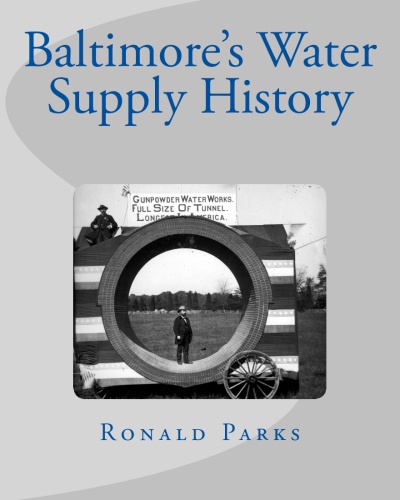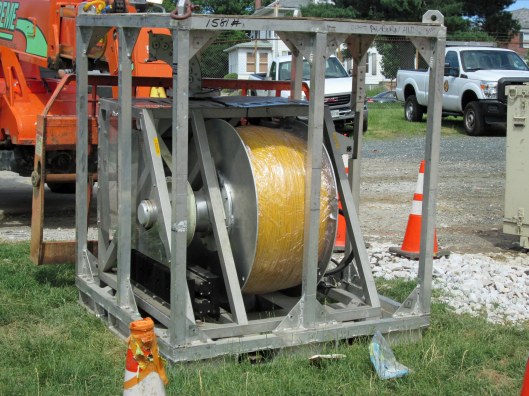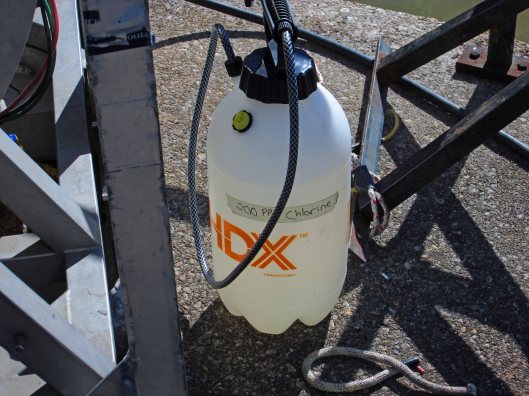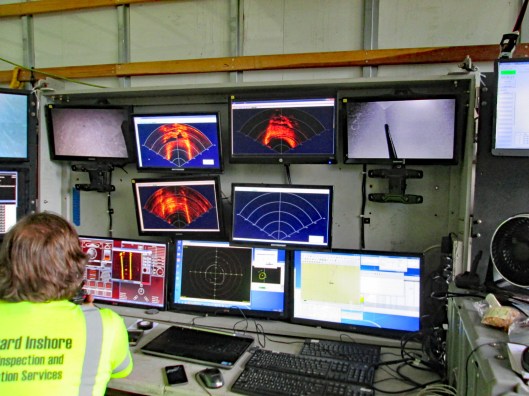Tags
Baltimore, Dams, engineering, FILTRATION, glass plate negatives, Gunpowder Falls, Hampden Reservoir, HISTORY, Lake Ashburton, Lake Clifton, Lake Montebello, Loch Raven, Public Works, water history
As I continue my final countdown to retirement, which started 7 years ago, I have been placing all of my historical research of Baltimore’s Water Supply History onto the City’s intranet and an external hard drive, so that the person that takes my place, Andy, will be able to access the records easier. While moving the electronic files around, I have been coming across photographs marked as ‘Unknowns’, of which some still are, but others, that over the years, I have been able to figure out.
Reflecting back to my early years of doing research, it comes to mind that there has been quite a few people who have helped me along the way…
One such person was Martha, from the Historical Society of Baltimore County. After I cleaned out a room to make way for the new engineers, unbeknownst to me, one of those engineers gave some of our Glass Plate Negatives to Martha. These were over sized negatives that she used a photographic enlarger to make prints out of. At this time I had begun my research, haphazardly I must add! She brought back the negatives with accompanying photographs. Here is one:
From this print I was able to determine that one of my unknowns was a different view of this site – the building of the Montebello Lake Gate House between 1875-1880. Here is the GPN that I found:
For the next couple of years Martha and I would butt heads on how I was doing my documenting/research and that is ok, we all have our opinions. Mostly we butted heads on her grandfather’s house at Montebello. She wants to save it, I would like to see it torn down. I have another blog on here about that.
Sometimes people help with a simple suggestion. I think it was Chris from Facebook who told me this next photo was of the Cross Keys Gate House on Falls Road. Which it turned out to be. The wood structure, which was a storage shed for alum, no longer exists. Soon after this I was invited to a Historical Preservation meeting on designating this as a historical building.
Bill, also from FB helped me with his suggestion on how to restore/fix some of these old photographs by using a simple tool in Photoshop Elements called the Spot Healing Brush Tool. Below is an example, before:
As can be seen, these photos did not have any markings on them, but by comparing the men in the photos to others, I was able to determine when and where these were taken. Below, one of my favorites, only because the man reminds me of Seth Bullock, was an unknown.
Matching him to another I found, that this was during the building of the diversion sewer around the then being built Lake Ashburton.
This next unknown didn’t really make much sense to me until I found one that was marked from the internet.
Looking close at the one below (Source, Special Collections MdHS) I was able to figure out that the above one is of the Hampden Reservoir.
These next few I had no clue about when I first found them years ago. After lots of research and inquiries from downtown and the public I was able to note that this is of Lake Clifton and its Gate House.
And this one, just marked as unknown, I needed to look at from a different perspective – imagine the front of the building instead of the rear – it is the high service engine house (noted in another blog).
Sometimes the numbers on a GPN helps me figure out what is going on. This one, well not much going on but I was later able to figure out that one of the Water Engineers took this photograph. It was to be the future location of the 1912-1915 site for the new Loch Raven Dam.
Again, a date and a number identifies this one as being part of the collection for the construction of Lake Ashburton. Another tell-tale sign is the engineer’s office in the background, which other photographs have been found, already labelled.
What appears to be a still, which I wouldn’t doubt and that I previously wrote about there being: The Stills At Avalon. Turns out to be where Montebello made there own liquid alum.
Originally marked as unknown and the fact that at the time it was found, I just couldn’t wrap my head around the fact that there was one dam built on top of another at Loch Raven. But this is what is going on here. Sometimes I would mark the photos as unknown if there was no date on them.
A favorite that went along with the above is this one. I knew what the drawing is of, just didn’t know the circumstances of the room. Turns out to be the photographers work shed on site.
This next one, after reading the Annual Reports, turns out to be of City employees searching for 2 boys that supposedly drowned in a quarry. The bodies were not recovered.
This next one is from a collection, another of which I asked the FB public to help me with, but no one knew, is of an ice floe. From the date I am thinking along the Gunpowder Falls? I was hoping someone would recognize the building.
This one, from 1909, I never figured out. I sure would like to find it and see what is at the top of the stairs! 1909 suggests Lake Ashburton. But where??
A few other people who have helped me along the way – Ed Papenfuse, retired State Archivist. Kurt Kocher, DPW Public Information Spokesperson. Rudy Chow, Director of Public Works who gave me permission to continue my research. Tim Bradin, my old boss who let me buy an expensive scanner with City money. All the City employees who kept an eye out for historical stuff just laying around or in the dumpster (received an 1875 drawing that was found in the recycle bin down town). I also thank the Baltimore City Archives, the Baltimore Historical Society, who have always shown an interest in my work, the Historical Society of Baltimore County, the new and old acquaintances I made on FaceBook and many others. And thanks to Kathy who will listen to my excitement of a new historical find, smiling and wondering what the hell am I talking about, but still encourages me to continue on.
Wow, all those thank yous makes it sound like I am leaving or going somewhere! I am! I am retiring and moving to the Eastern Shore in the next couple weeks – but I will be back!





















































